Tracing the tracks of “El hambre de los otros”
By: Lina María Leal Villamizar
Photos: Freepik, Ximena Serrano. DOI https://doi.org/10.12804/dvcn_10336.36857_num6
Society and Culture

By: Lina María Leal Villamizar
Photos: Freepik, Ximena Serrano. DOI https://doi.org/10.12804/dvcn_10336.36857_num6
“Food is a key element in the social and cultural life of Mexico, where we are always close to the kitchen. And I think it is an overall Latin American experience,” professor Joel Vargas states. He is a postdoctoral researcher from the Universidad Nacional Autónoma de México (Unam), who approached feeding as a subject matter from the scientific point of view, with an interest in areas such as food chemistry, nutrition, and even thermodynamics.
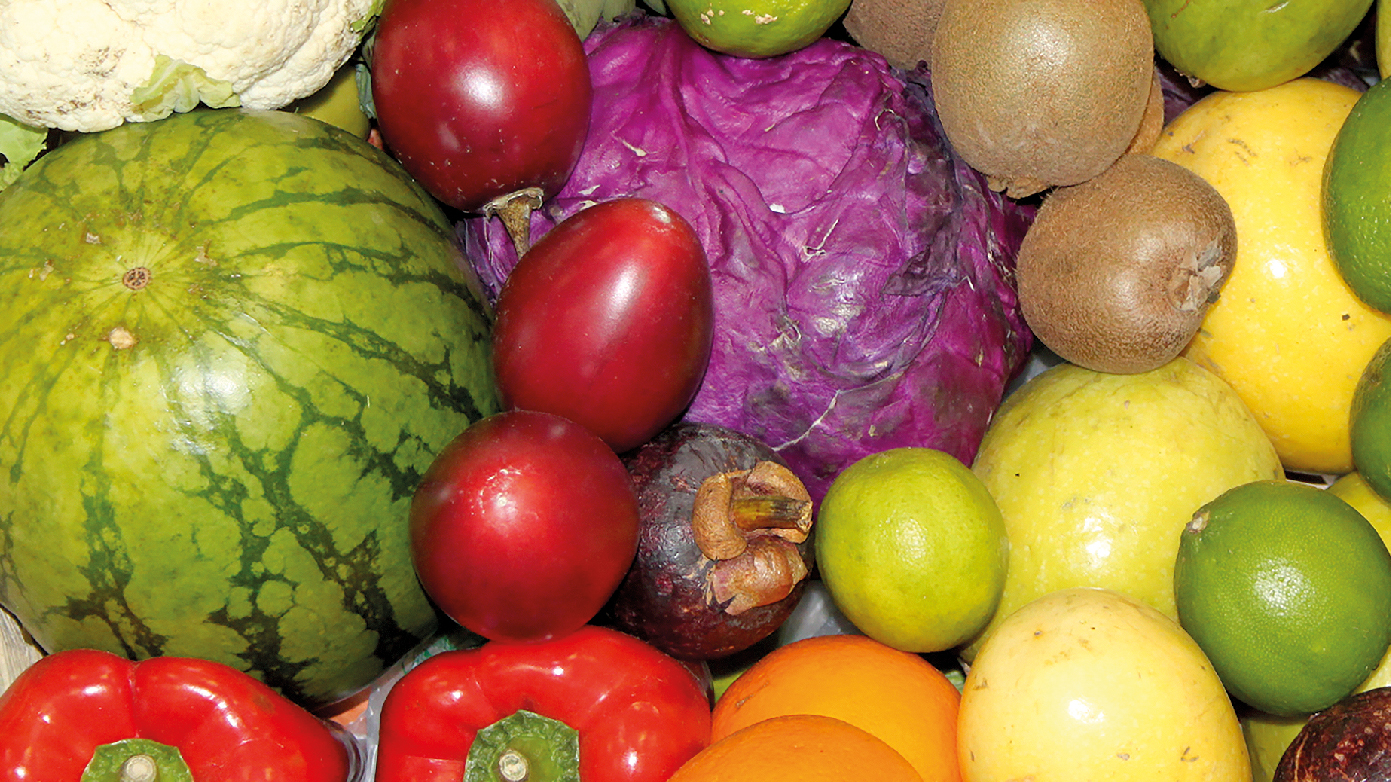
Using magnifying glasses and searching through hundreds of documents kept in dusted—and most times incomplete—files, social sciences researchers trace down the history of how nutrition experts understood and tried to solve the food problems of Latin American populations throughout the 20th century.
As he reasoned that sciences themselves constitute a social construct set in a determined time and space, he learned that someone was dealing with similar topics in Colombia. He was Professor Stefan Pohl Valero, an engineer who decided to get a doctorate in Science History from a critical and sociocultural standpoint. He is currently a member of the School of Medicine and Health Sciences of Universidad del Rosario.
Doctor Pohl Valero got interested in food as a scientific matter which was worth tracing down. “Studies on food are also related to the act of feeding. A product that becomes a subject of research and of political intervention is a fascinating object for historical analysis, whose meaning changes gradually from its production to its consumption… That is the power of feeding,” claims the researcher who has already investigated milk and chicha (a kind of beer typically made from corn) for the case of Colombia..
His interest lies in the diverse sciences taking part in the food chain. Pohl Valero started discussing the topic with other researchers, like Juana Camacho from the Instituto Colombiano de Antropología e Historia (Icanh), who recalls the discussions among flavors of food that they cooked and then consumed:
“We had informal and fun meetings where we chatted and ate trying to find a common ground to set forth projects, readings, or joint dialogues.”
In 2019, the researcher dared to push forward an interdisciplinary team of 35 specialists of sciences such as anthropology, nutrition, sociology, and history of Hispanic America, United States and Canada, which eventually resulted in the creation of the Network of Historical and Social Studies of Nutrition and Feeding of Latin America (Redeshnal).
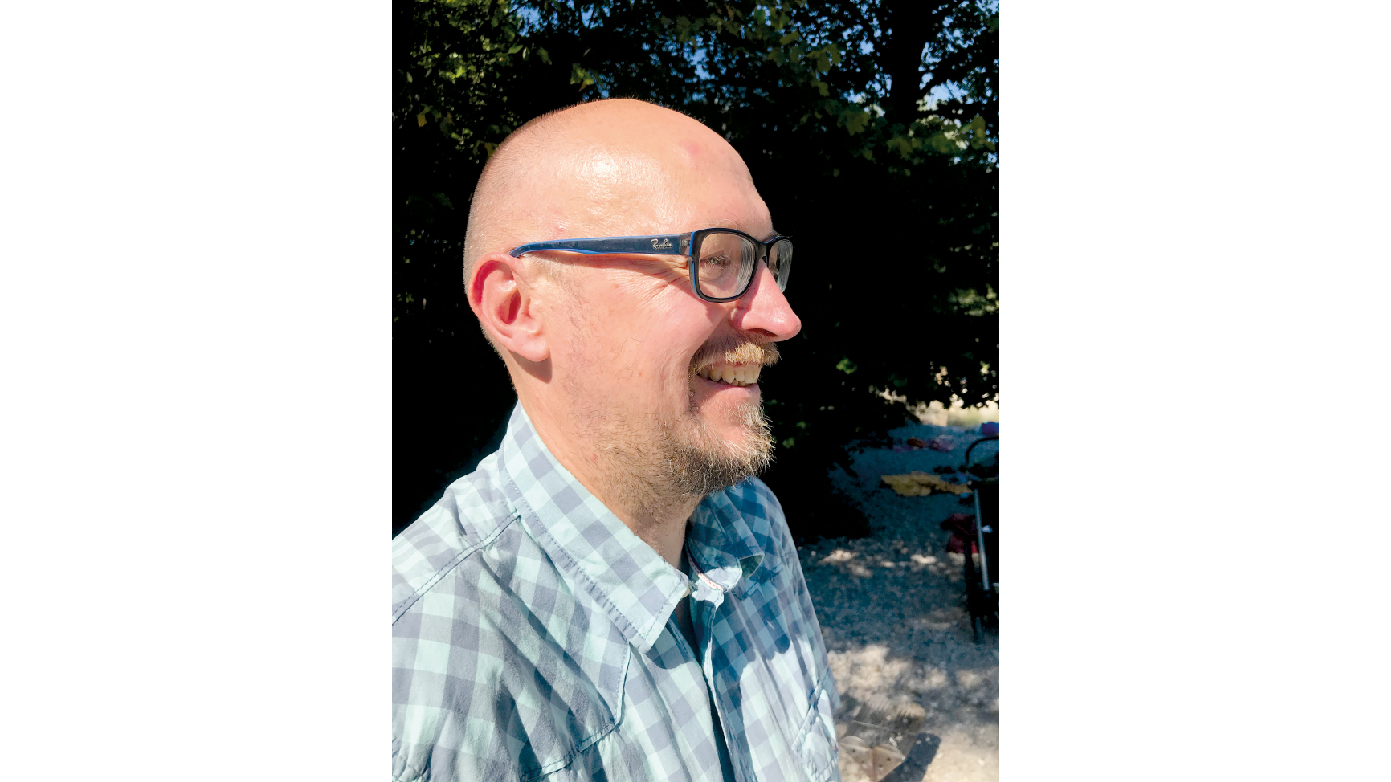
Professor Stefan Pohl Valero points out that, for example, during the Cold War, the world was divided into developed and underdeveloped countries. “One of the main numerical indicators supporting this classification, which is nowadays deemed derogatory and a continuation of a colonial hierarchization, was precisely the average caloric intake of each country’s population.”.
How are Latin America feeding problems profiled and what is the role of science and its connection with the nation States? This was the question posed by the team of researchers, each of them from their expertise area and country of interest.
With that purpose in mind, they started a process of searching hunger traces in physical and digital archives, both global and local, which could be accessed, and then they began putting the pieces together. After digging into the huge masses of documents, the researchers categorized and connected the information, interpreted and set forth hypotheses, and came up with their own versions of what had happened.
“History is a reconstruction of the past made by ourselves, with our omissions, biases, and perspectives. Each author has different interpretations about what happened, which lead them to new questions and possibilities of understanding that past,” doctor Vargas claims.
It was then when the idea came up about developing and publishing the results of those varied investigations in the book El hambre de los otros. Ciencia y políticas alimentarias en Latinoamerica, siglos XX y XXI (Other people’s hunger. Science and food policies in Latin America, 20th and 21st centuries), edited by professors Pohl Valero and Vargas who, after a thorough work during the pandemic, managed to put together 12 chapters by Redesnahl researchers about feeding policies in Mexico, Argentina, Brazil, Bolivia, and Colombia.
Despite the constant presence of hunger throughout history, it was not until recently that it started to be a study and intervention matter for the nation States. When and how did that start in Latin America?
Pohl Valero explains that at the beginning of the 19th century in Colombia, it was common to associate food with people’s traits. For example, it was thought that indigenous people were possibly strong because they could carry big loads, and it was attributed to the consumption of chicha.
Eating more vegetables than meat was also considered to have an influence on the moral behavior of people, and those who ate vegetables were thought to be calmer
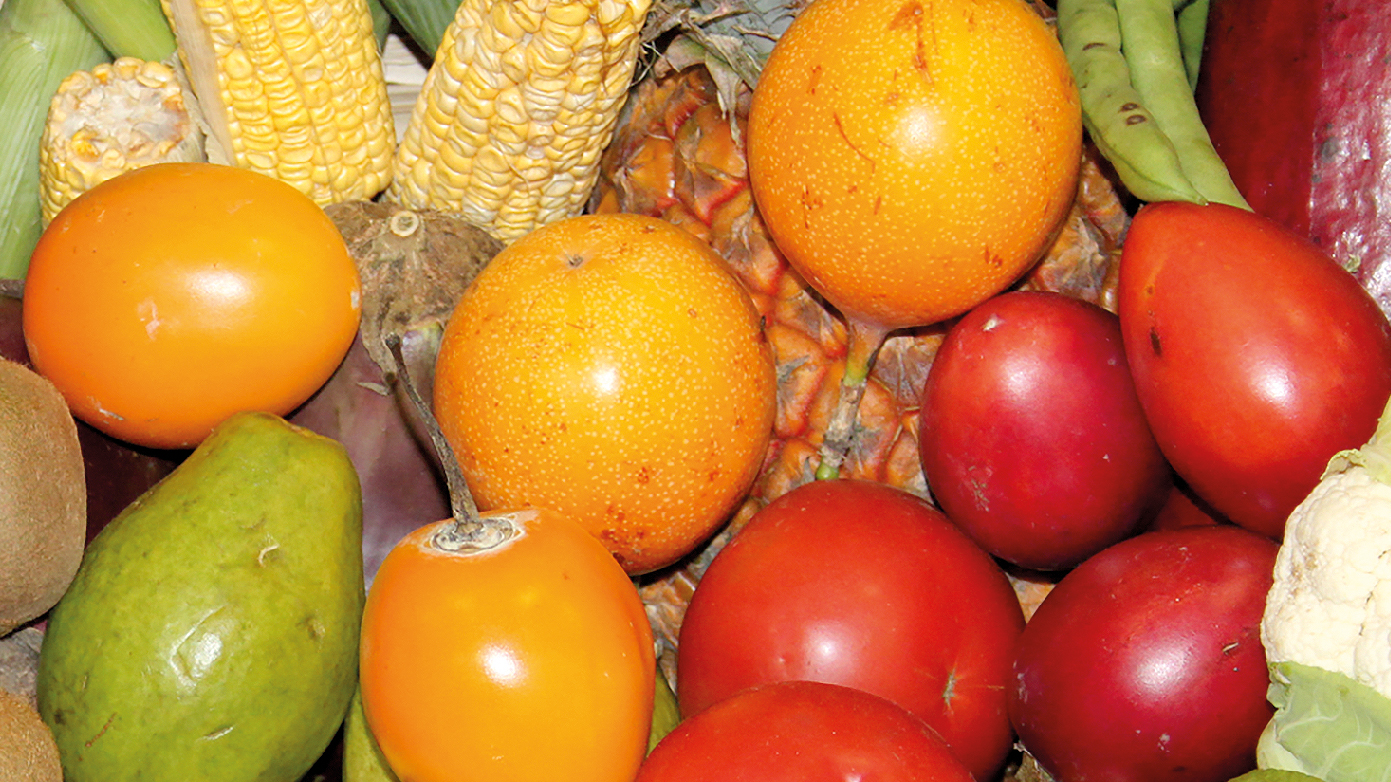
Furthermore, according to the geographic determinism of that time, the proximity to the sea level was related with a lower “blooming” of human intellect.
“These views that related feeding with the physical and moral capacities of people —as the Colombian researcher affirm— were transformed by the end of the 19th century. With the surge of modern nutrition, the nature of food and its effects on the body and on people’s health began to be considered under a different light.”
There appeared then, first in Europe and later in America, the concepts of proteins, carbohydrates, sugars, macronutrients, calories, and then vitamins. “All of that will transform the idea we have of the relationship between feeding, body, health, and work, as well as the discourses about cultural identity and hierarchization between different peoples,” the professor claims.
This is so because specialized physicians at the end of the 19th century claimed that the most “civilized” peoples (like England or Germany, at that time) were the ones that consumed more meat or, later, milk, and they supported those ideas with nutritional statistics or standards. A quantitative measurement appeared to assess feeding, as well as a new way of estimating the “degree of civilization” of human groups.
The book proposes that feeding standards, ranging from production to consumption make the feeding problem understandable, allow it to be known and quantified, and to establish whether it is “right or wrong” compared to other places.
The standards are not neutral indicators of a feeding reality, but rather help to build it, and simultaneously tend to materialize cultural assessments (like the alleged superiority of one people over another). These are social constructs, so they change constantly and depend on the cultural values of each circumstance.
For example, the calorie standard enabled not only to measure and compare, based on nutritional surveys, the quantity of energy of foods and of the diet in different populations, but also acted as a ‘global technology of the government.
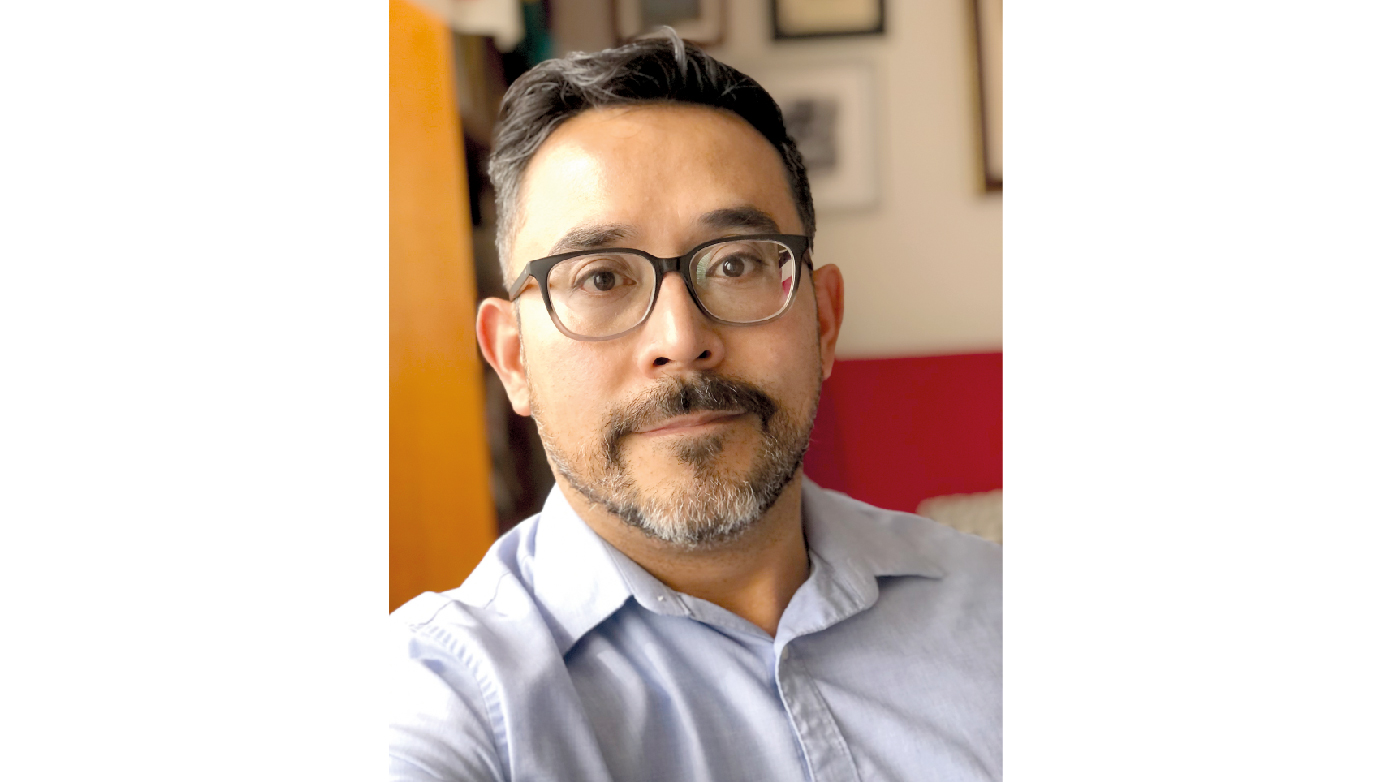
The book ‘El hambre de los otros’ (Other people’s hunger) represents the view of feeding experts on people’s diet. They are not evaluating their own diet but that of others, and, obviously, hunger is that of others,” Joel Vargas explains, who is a postdoctoral researcher at the Universidad Nacional Autónoma de México (Unam).
In this line, professor Pohl Valero points out that, for example, during the Cold War, the world was divided in developed and underdeveloped countries. “One of the main numerical indicators supporting this classification, which is nowadays deemed derogatory and a continuation of a colonial hierarchization, was precisely the average caloric intake of each country’s population,” he ascertains. It is worth mentioning that, in a ‘developed’ country, a person had to consume 3,000 calories, which today would be considered too high, as the World Health Organization (WHO) recommends 2,000 a day.
A common situation in many countries of Latin America is that, as from the 1930s, the idea of the State intervening in the feeding matter took on political importance. It was the time when experts ─appointed by the different state agencies─ were moved to shed light on the problem, to which they could mean educational, social or cultural solutions. And Vargas underlines: “Beyond the political spectrum of the government in office, they all intended to improve the living quality of the population and their feeding; they wanted to avoid hunger.”
In the case of Colombia, these studies were similarly originated in the 1930s, when agencies like the State General Comptroller (created in 1923) began studies about the topic of feeding to know, for example, what people were eating and how many crops there were. In this period, the following idea gained momentum: poor feeding and malnutrition ─a question that had been posed years before─ could affect productivity and become a setback for economic advancement.
The editors of this research highlight that it is key to understand the power relationships in these feeding governments, which take it for granted that they have superior knowledge to pinpoint and manage the problems of whole populations, without taking their daily realities and local wisdom into account.
As for this issue, professor Camacho warns: “There is a very nice proverb that goes ‘he who controls your bread, controls your identity’. So, by means of food, there are some power tools that also deserve to be studied from the cultural standpoint.”
The function of the State is precisely to regulate peoples, so the hunger and deficiencies in food provision by the governments are problems that must be faced because they may destabilize the power system. In that context, individuals are profiled based on what it is considered that they should eat.
As put by Vargas and Pohl Valero, this is about how the government food agencies profile and modify the conception of others, as they try to influence their conducts and impose particular ways of perceiving the world.
“The book El hambre de los otros (Other people’s hunger) is the feeding experts’ view on what people eat. They are not evaluating their own feeding, but other people’s, and it is obviously their hunger,” Professor Joel Vargas explains.
At this point, the Mexican historian reflects upon the setbacks of working with files, mainly official ones, which constitute the only available source, taking the period studied into account: “One ends up building a history from the view of the expert on other people. But it is very hard to think that one is going to give a voice to someone who was silenced and left aside by history. Their voices are not there precisely because of the silence and omissions in the files.”
However, Pohl Valero points out that while that happens on few occasions, as for his case, he did find clues on how those feeding programs were deployed in everyday life. In fact, the book invites to enrich the idea that those systems exercising power have totalizing effects on the social structures and human conducts they try to intervene in. On this line, the researchers warn that it is convenient not to lose sight of the spread and resistance of mechanisms of knowledge and power of populations.
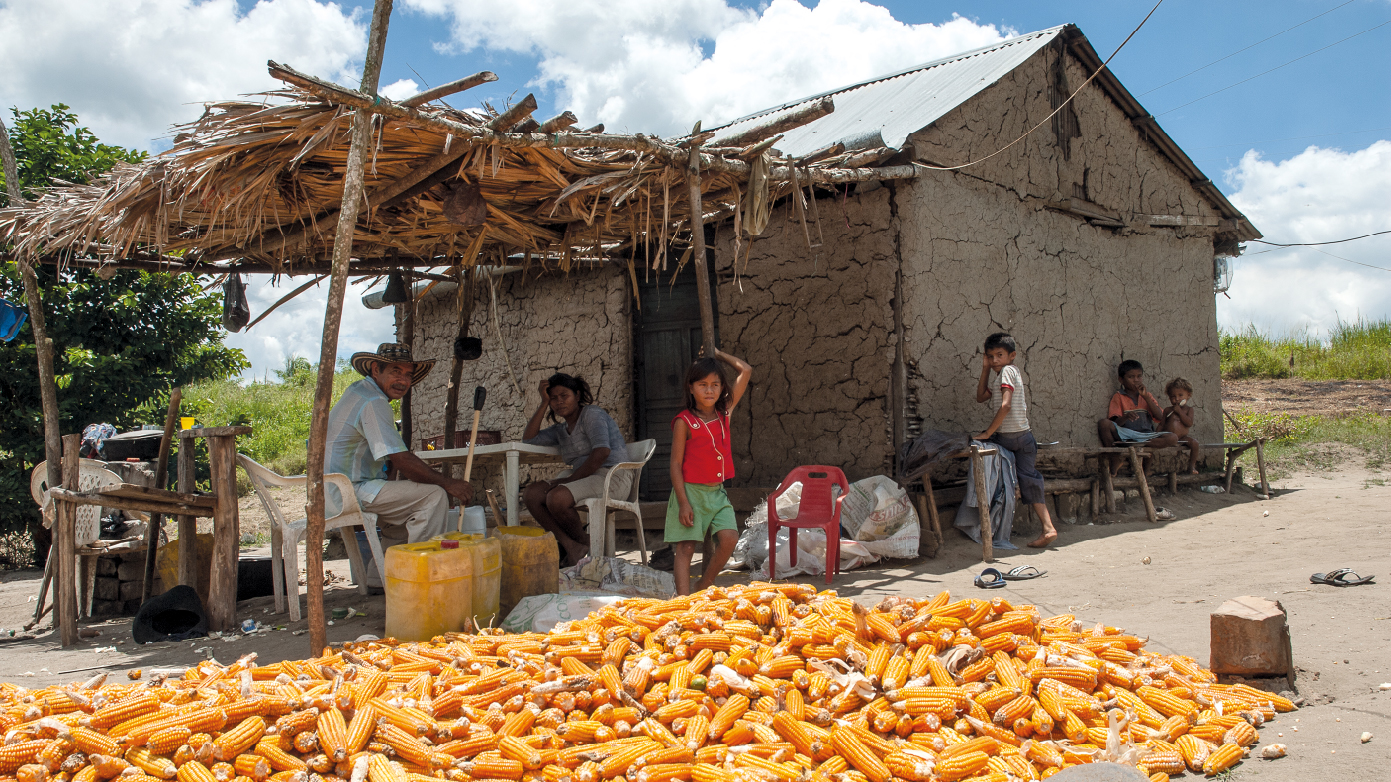
“‘He who controls your bread, controls your identity’. So, by means of food, there are some power tools that also deserve to be studied from the cultural standpoint,” Juana Camacho, Icanh researcher.
Camacho claims that “observing feeding as a whole is very complex, so all these conversations, dialogues and interactions end up in an intertwined texture with some points of convergence. This is a turning point that unifies, collects and creates a field of study that has not been thought of in Latin America.”
The researcher adds that food is a topic that has gained worldwide prevalence in the last few years. With the specific difficulties of the post-pandemic effect, conflicts, and economic crises, it becomes paramount today, more than ever, to trace hunger down.
(Excerpts from chapter 1 of the book El hambre de los otros
To the town of Atánquez, in the Sierra Nevada de Santa Marta, a program had arrived for the nutritional education and for the support to vegetable growing, in order to improve the diet of rural populations dedicated to agriculture livelihood. As part of a national policy developed in 1946 by the Ministry of Economy, the flyer “The home orchard” was widely distributed across Colombia, as government employees visited several populations delivering vegetable seeds (tomato, carrots, beetroot, etc.) and teaching how to grow them to indigenous people and peasants. By the time anthropologists Alicia Dussán and Gerardo Reichel- Dolmatof got to the place in 1951, the flyer was still around in the town, although there were no traces of the orchards. According to the anthropologists, the failure of the state effort was due to several reasons:
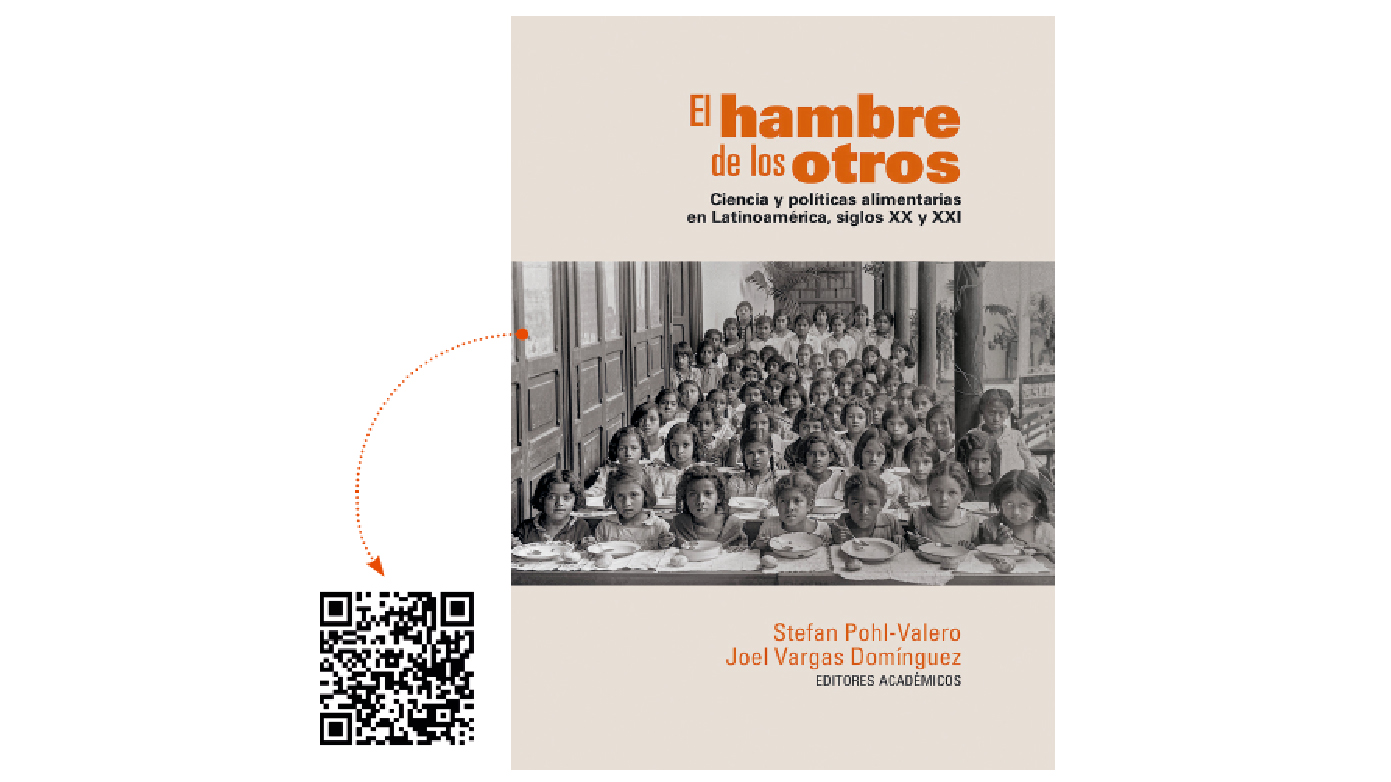
1. The program had neither taken into account nor previously studied the feeding habits, tastes and attitudes of locals, and assumed that they could be easily modified;
2. The flyer given was written in an incomprehensible language and talked about “people and situations that do not represent peasant life as it really is in the Colombian tropics”;
3. There existed a series of “prestige factors” in the local culture, generating many tensions in the application of the program. For example, it was pointed out that the directions given by the government on how to grow and what to eat “were interpreted as an attack to the dignity of villagers who, by refusing to comply with it, intended to show that ‘they were not savage Indians as the Government seemed to think.’”